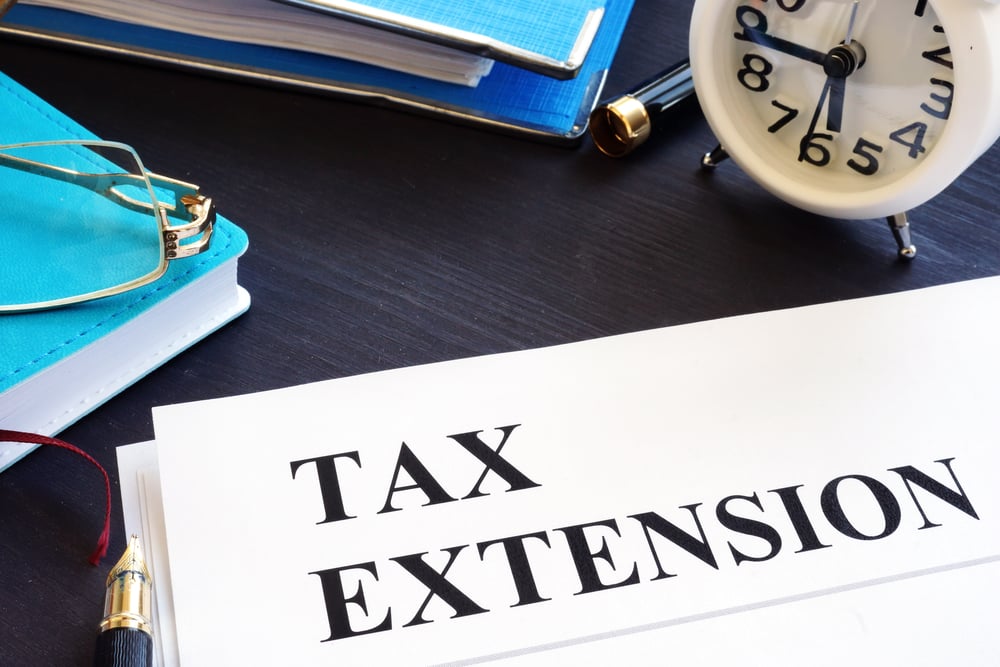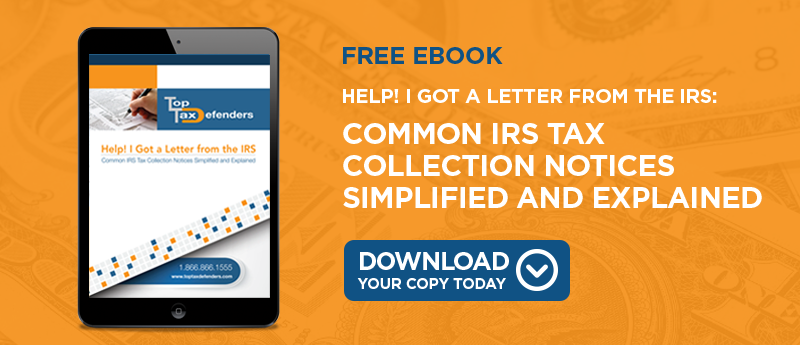
It’s October. Do you know what that means? If you filed for a tax extension earlier this year, it’s time to file your taxes. And If you haven't spent the last few months doing so, you need to get all your supporting documentation together, get your taxes calculated, and file the whole thing by the middle of this month to avoid penalties and additional interest.
Deadline for Extended Filing: October 15, 2019, by Midnight
When you filed IRS Form 4868 on or before Tax Day last April, you were permitted an additional six months to get your taxes filed. Now it’s time to hold up your end of the bargain. At the time you asked for an extension, you understood that you should use the time well.
If you didn’t do anything - file your taxes, file for an extension, or pay taxes due - well, let’s just say you might have some work ahead of you.
Tax Extensions in Detail
A tax extension, as you may have inferred by now, is a request for the IRS to allow you an additional six months to file the tax forms you should have filed in April. By the spring tax due date, you should have filed IRS Form 4868, Application for Automatic Extension of Deadline. You were granted more time to prepare your taxes.
Filing for an extension is pretty easy. You can download the form from the IRS website, fill it out, and mail it to the tax agency. Alternatively, you can e-file for an extension using tax preparation software like TurboTax or H&R Block Online. The IRS also provides a free online fillable form.
If you live or earn in a state with state taxes, the federal extension will usually suffice for that as well. Make sure to check on the facts for your state.
After you've filed your tax extension, you start to treat October 15 as your new Tax Day and complete anything you have outstanding. You can file anytime during your extension, but you must file by the deadline at the end. Otherwise, you will owe more penalties and fees, which may be substantial, to the IRS. Also, if you did not pay taxes in full in the spring, you will pay interest on the unpaid amount.
If you knew before Tax Day in April that you couldn’t pay all of your taxes, you needed to work out a tax payment plan right then.
If, on the other hand, you are due a refund, no worries. Just get the paperwork done so you aren’t dinged for that.
OK, You Filed for an Extension. Now What?
Ideally, you rushed around and got everything taken care of before summer started. In any case, filing an extended return isn’t much different from filing on time.
- Use online tax preparation software to complete your taxes, file, and send payment.
- Go to a tax preparer to complete your taxes, file, and send payment.
- Complete your taxes yourself, file, and send in payment.
Did you get that you need to send payment? Because the longer you wait to pay, the more interest piles up. And just think about the relief you will feel when all of this is over! At least, until Tax Day 2020, which is six short months away. Just a friendly reminder.
What If You Miss the October Deadline Anyway?
Stuff happens. We get it. But now that you skipped out on a second deadline, you may owe the IRS some serious money besides unpaid taxes and interest. The IRS levies penalties and fees on those who miss deadlines.
Late Filing Penalties
The penalty for filing your taxes late is rather high, worse than if you don’t pay.
- The IRS assesses a late filing penalty of 5% of the unpaid taxes not paid by the due date for each month you are late.
- The penalty cap is usually 25%, but penalties and fees can reach several hundred or thousand dollars.
- If your payment is more than 60 days late, the IRS also imposes a minimum late filing penalty of $100 of the balance of the taxes you owe, whichever amount is lower.
Late Payment Penalties and Interest
Just to add to your money woes, paying late costs you extra as well.
- The late payment penalty is typically 0.5% of your unpaid taxes.
- The cap on this is also 25%, but it takes longer to reach it.
- If you managed to pay over 90% of the tax you owe on time, the penalty might be waived. You would still owe interest on the balance, though.
- This year you might get away with paying only 80% on time without getting a penalty, but you need to pay the balance by the extension deadline.
The lesson here is two-fold. If you pay late, you owe interest and penalties. If you file late, you owe more penalties. Really, you are better off doing everything on time, but if you have to skip the spring Tax Day, try to pay as much as possible of your taxes owed then, not later. Send in either your tax returns or an extension form by the spring tax deadline.
You Already Need an Extension for Next Year
It’s possible, if you are in dire straits, that you already know you need to file for an extension in filing or paying taxes on your 2019 income. What can you do?
Just like you did this year, you can file IRS Form 4868 on or before the tax filing deadline of April 15, 2020. Plus, do yourself a favor and estimate what you owe, then pay all of it along with the extension form or at least as much as possible. You can cut down on the total interest you pay this way.
Whatever you do, don’t skip filing entirely just because you can’t pay. It’s like the choice between turning in homework incomplete or not at all. You get better results if you file on time, ask for an extension on time, and pay as much as possible on time.
If you can’t pay all your taxes, set up a payment plan. You still owe interest, but at least the penalties won’t accrue.
If you need help with the IRS for unfiled tax returns, you can always contact us for a free consultation.




